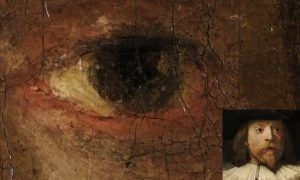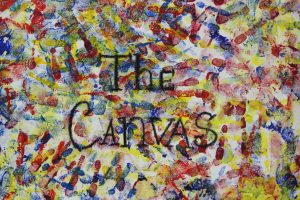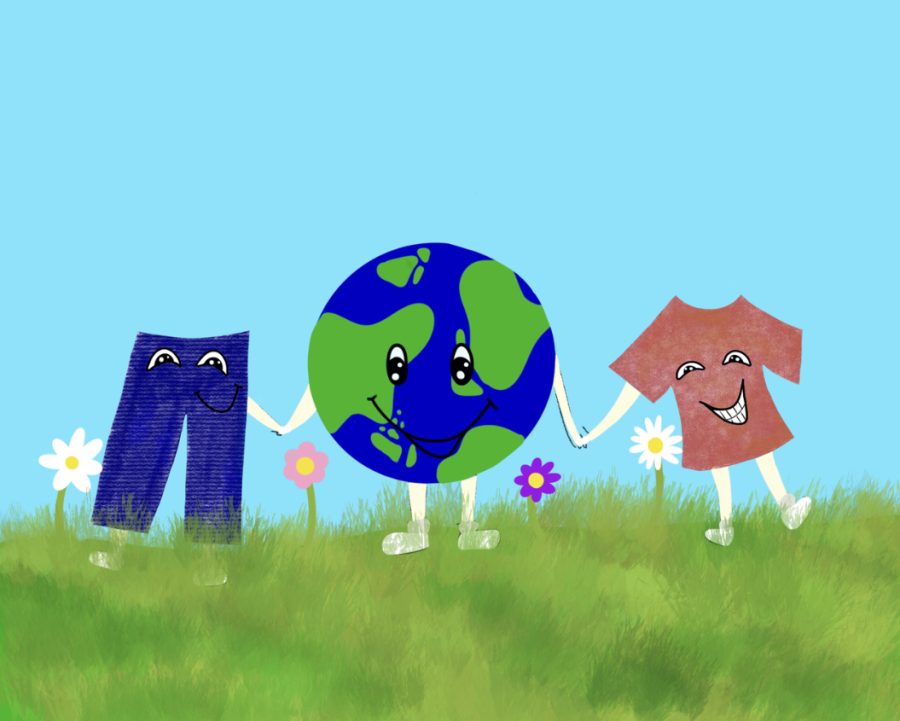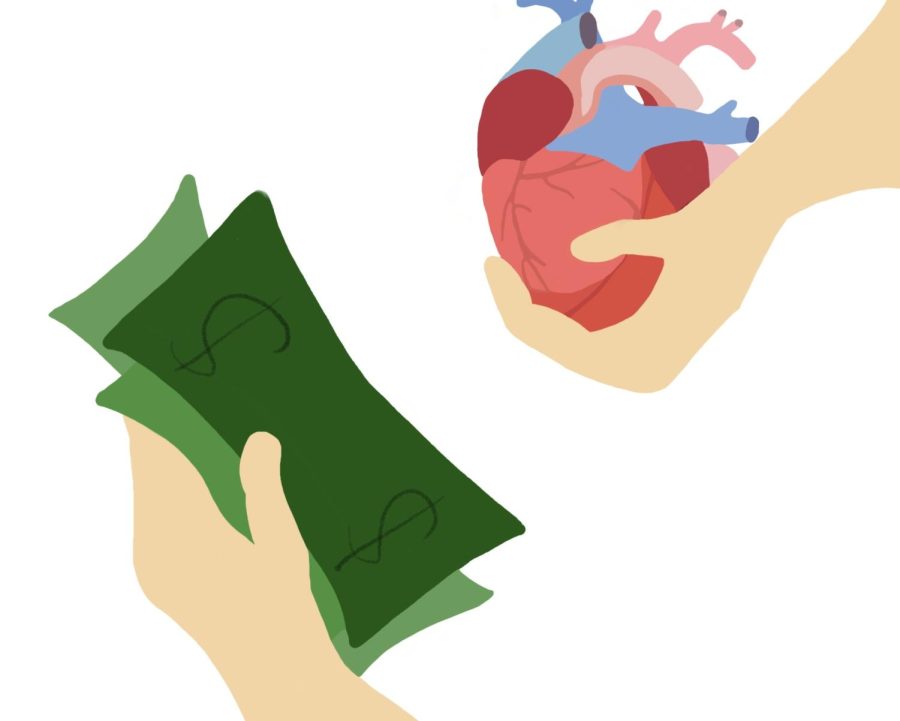For those who may be interested in the world of art, and perhaps be curious about the goings-on of the art world, The Canvas is a new blog that brings you everything from the latest works and exhibitions of the graffiti duo Os Gemeos, to Walpole resident and illustrator Richard Dugdale’s “Illustrated Walpole Police Log.” Featured topics also include the new Google Art Project, which revolutionizes the sharing of art around the world-as well as things such as the works or exhibitions of contemporary artists. The point of this blog is to spark interest in a world that so desperately deserves respect and attention. The goal is that all who read the blog may understand that art isn’t just making pretty things, it is using visual media to evoke mood and feeling, convey a point, protest controversial topics, and give those who enjoy it insight into the minds of the artists and the heart of their art and artistic process.

Everyone from just about anywhere in the world knows the word “Google.” Famous for its search engine, Google-bot technology, and many other things, it’s no secret that the company is starting to broaden its horizons. Which brings us to one of their latest ventures, the Google Art Project. It’s mission? To make art more accessible and intimate for viewers and critics.
With this program, one can view works of art up close and personal, a high quality zoom function allowing the viewer to see even the most minuscule cracks in the paint. It is by using this feature that viewers can get closer to the artist and truly see the artist’s process, right down to the paint stroke. Although not yet complete, the Google Art Project contains 184 collections of over 36,000 works of art done by just over 8,000 artists; and the collections are still growing. Many museums around the world are starting to join in and participate in this movement to bring to society a place where all art from all around the world can be seen at any moment, in any place. So far, viewers can see art from museums all around the world, any where from London, Boston, Chicago, to Asia; all with the click of a button.
Despite how revolutionary and successful this project has been thus far, the project still faces copyright issues. Many artists are wary of letting their work be universally distributed for view of literally anybody in the world. It is because of this that artists such as Picasso do not appear–at least not yet–on the website. However, for those less well-known, the website serves them well, giving them publicity and audiences from all around the world. Furthermore, art professors now have a tool that they can use to better expose their students to art and the art world, as well as give their students inspiration. Want to see firsthand how to use color-mixing to evoke a certain mood? Well, now it is as easy as typing in www.googleartproject.com, and looking up various artists. What makes the website especially good for this is that not only can you search art by individual pieces, collections, or artists, now you can simply type in a certain style, say, impressionism, into the search bar, and the site will give you all of the art it has based on your parameters.
For Google, this project has been a huge success and helped to make the company even more valuable and popular. However, the site does so much more for its users; with the click of a mouse, one can examine art, find inspiration, and learn more about the art world. The website is all about making art more accessible, and judging by the millions of hits it receives on a regular basis, Google has done just that.









